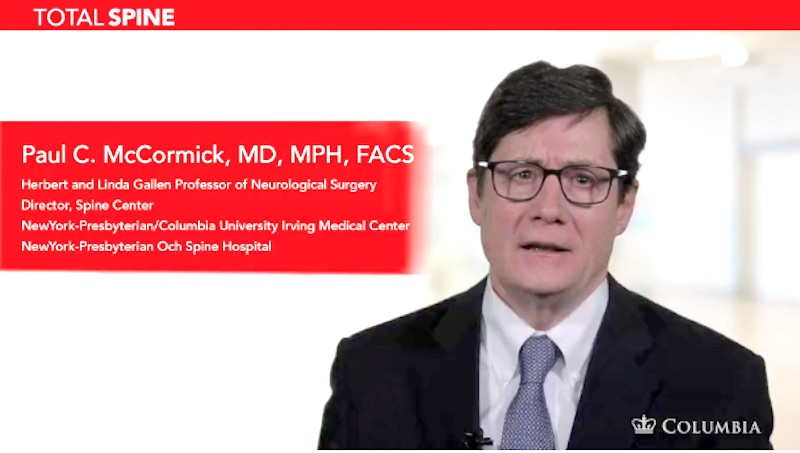Spinal = having to do with the spine
Arteriovenous = having to do with arteries and veins
Malformation = a congenital (present at birth) deformity
A spinal arteriovenous malformation (spinal AVM) is an abnormal tangle of blood vessels in the spinal cord.
The two types of major blood vessels in the body are arteries and veins. Arteries carry oxygen-rich blood to the body’s tissues, and veins bring oxygen-depleted blood back to the heart and lungs. Arteries are usually under high pressure, since the blood inside these vessels has recently been pumped forcefully from the heart. Veins are usually under lower pressure as the blood makes its way back to the heart.
Normally, arteries and veins are connected by tiny vessels called capillaries. Capillaries handle the transition from higher to lower pressure, and help the blood provide nutrients to surrounding tissues and absorb the tissues’ waste products. But in an AVM, the capillaries are missing. Arteries and veins are directly connected to each other.
This abnormal connection leads to a number of problems. For example, without capillaries, high-pressure arterial blood rushes directly into veins. This puts enormous pressure on the walls of the vessels, and weakens them over time. A bulge in a weakened vessel wall–an aneurysm–may develop, and put harmful pressure on spinal nerves. If an aneurysm ruptures, uncontrolled bleeding called a hemorrhage can occur, which also leads to swelling. In addition, without capillaries to handle nutrient exchange, the spinal cord tissue around the AVM can have difficulty receiving nutrients such as oxygen and glucose. The AVM can increase in size as the body attempts to supply nutrients to the surrounding area.
Any of these problems with blood flow, pressure, and nutrient delivery can injure the spinal cord tissues around the AVM. Tissue death in these areas can cause neurological dysfunction.
Spinal AVMs account for about four percent of abnormalities found in the spinal cord region.
For information about abnormal blood vessels in the lining of the spinal cord, see our page on SDAVFs (spinal dural arteriovenous fistulas).
| 

